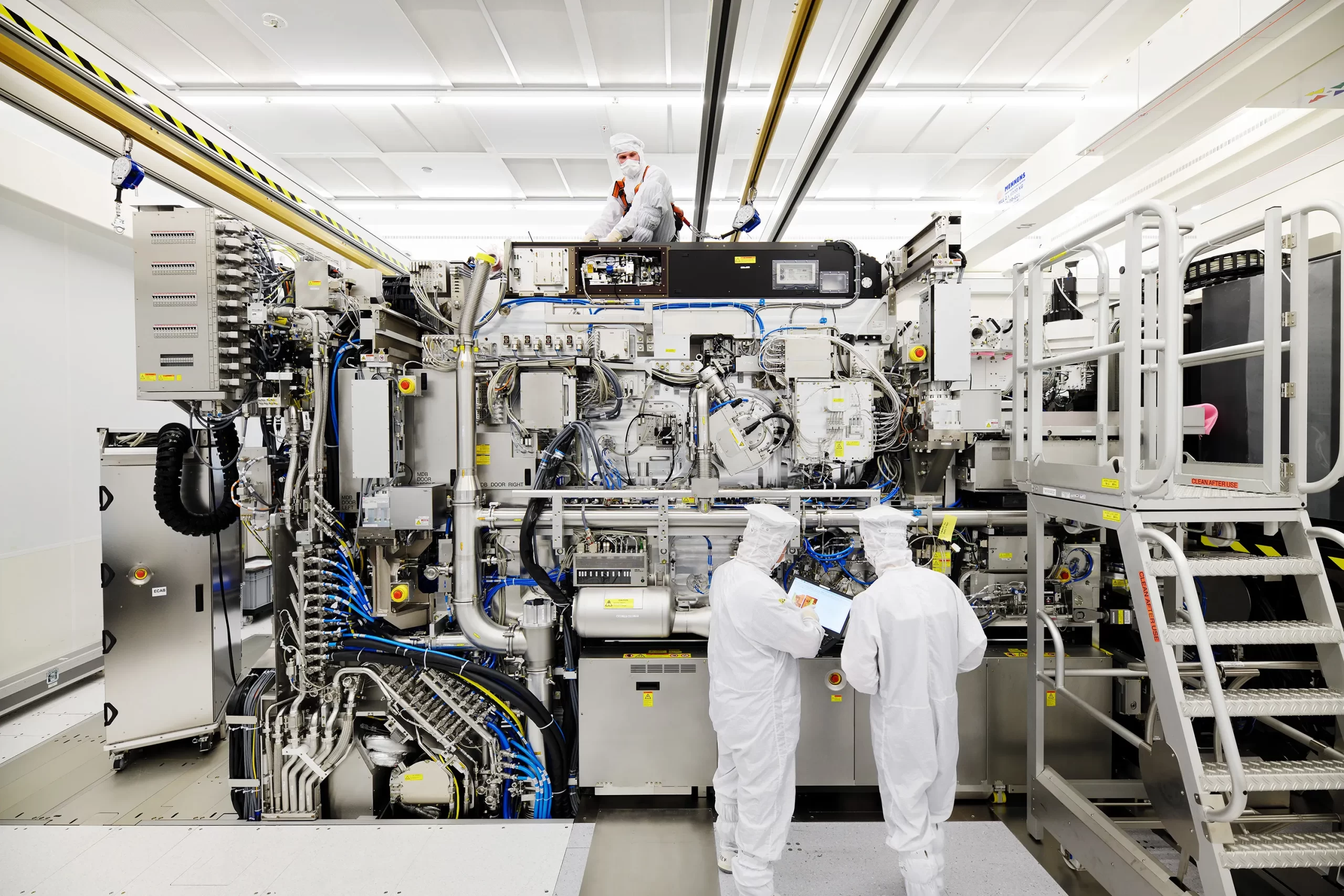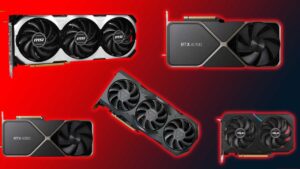Introduction
In the era of rapid technological advancement, high-end semiconductors are the unsung heroes powering our digital world. These tiny, intricate devices are embedded in everyday items, from smartphones to medical devices, and underpin the modern way of life. However, the journey to manufacture high-end semiconductors is riddled with challenges, intricacies, and immense opportunities. This blog post delves deeper into these complexities, offering real-world examples and detailed insights.
1. Precision and Scale: A Nanoscale Ballet
The foremost challenge in high-end semiconductor manufacturing is precision at an astonishing scale. These chips incorporate transistors that can be as small as a few nanometers wide. To put this into perspective, a human hair is approximately 80,000 nanometers in diameter. The smallest deviations can lead to chip defects.
Example: Intel’s 10-nanometer process technology, used in their 10th generation Core processors, demonstrates the precision required. This technology allows for transistors with gate pitches as small as 34 nanometers, enabling faster and more energy-efficient computing.
Read more: Explained: What the hell is a semiconductor fab
2. Materials and the Quest for Purity in semiconductors
Material purity is of paramount importance in semiconductor manufacturing. Even minuscule traces of contaminants can compromise an entire batch of semiconductor wafers. This is why fabrication plants maintain stringent cleanliness standards and employ ultra-pure materials.
Example: In the fabrication process, silicon wafers are used as the substrate. These wafers undergo extensive refining and purification processes to achieve the necessary level of purity. Any impurities can disrupt the crystalline structure, affecting the chip’s performance.
3. The Astronomical Cost of producing semiconductors
Building a state-of-the-art semiconductor fabrication facility, commonly known as a “fab,” can require an investment that stretches into several billion dollars. The machinery and equipment used in these fabs are not only cutting-edge but also incredibly costly. The financial commitment required to enter this industry is daunting.
Example: Taiwan Semiconductor Manufacturing Company (TSMC), a leading semiconductor foundry, invested $25 billion in building a 5-nanometer fab, which is crucial for manufacturing advanced chips used in products like Apple’s iPhone 12.
4. Time as a Crucial Resource
Manufacturing high-end semiconductors is not a sprint; it’s a marathon. The entire process, starting from initial design to the final product, spans several months. This extended timeline is primarily due to the complexity of the processes involved and the meticulous quality control checks at every stage.
Example: The development of a new semiconductor node, such as going from 7 nanometers to 5 nanometers, can take several years of research, development, and testing. This journey involves countless iterations and optimizations.
5. The Intricate Web of Complexity in semiconductors
The manufacturing process for high-end semiconductors is a marvel of modern engineering, involving a multitude of intricate steps. Each step requires precise control and adherence to strict parameters, leaving no room for error.
Example: Photolithography, a critical process in semiconductor manufacturing, involves projecting patterns onto silicon wafers with incredible accuracy. Modern photolithography machines use advanced techniques like immersion lithography and extreme ultraviolet (EUV) lithography to achieve nanoscale precision.
Additional Challenges:
a. Lack of Skilled Workers: The semiconductor industry faces a shortage of skilled workers capable of navigating its complexity. The intricate nature of semiconductor manufacturing and the high cost of training create barriers to entry.
Example: Companies like Intel and TSMC are actively investing in training programs and partnerships with universities to foster a skilled workforce capable of meeting the industry’s demands.
b. Geopolitical Tensions: The global semiconductor supply chain is sensitive to geopolitical tensions. Concentration of manufacturing in a few countries, such as Taiwan and South Korea, makes the industry vulnerable to disruptions.
Example: The U.S. government’s efforts to strengthen domestic semiconductor manufacturing highlight the strategic importance of this industry.
c. Climate Change: Climate change poses an emerging threat to semiconductor manufacturing. Extreme weather events can damage facilities and disrupt supply chains, emphasizing the need for resilience and sustainability.
Example: The Texas winter storm in 2021 disrupted semiconductor manufacturing, impacting global supply chains and prompting a reevaluation of climate-related risks.
Conclusion
Despite the labyrinthine challenges, the demand for high-end semiconductors is on an upward trajectory, driven by the ever-expanding range of applications. From smartphones to autonomous vehicles, these chips are the backbone of innovation. To keep pace with this growing demand, the semiconductor industry is making substantial investments in cutting-edge technologies, expanding manufacturing capacity, and nurturing a skilled workforce. As we continue navigating the intricate world of high-end semiconductor manufacturing, it’s clear that adaptability, innovation, and global collaboration will be key to sustaining this technological revolution.



